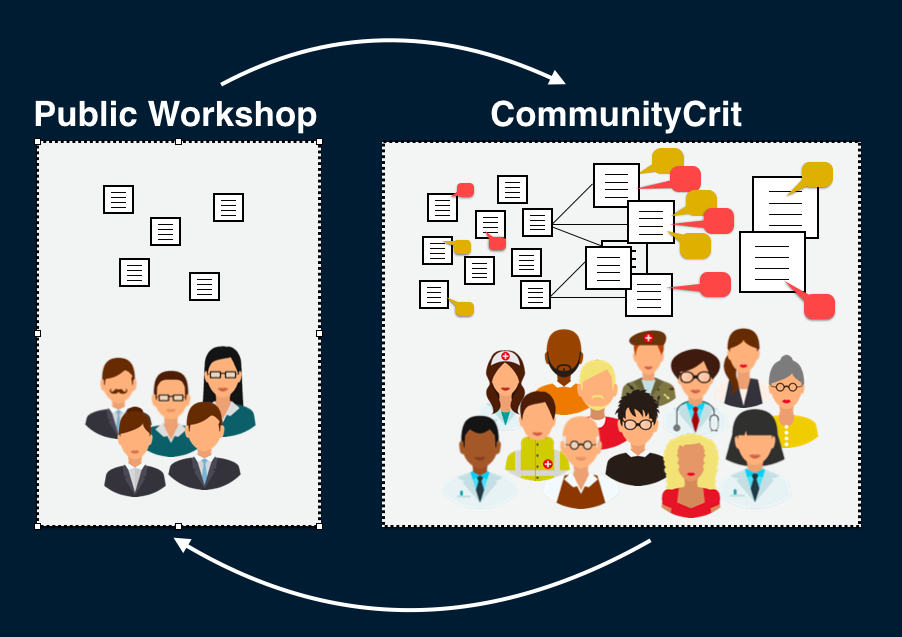Revisiting Du Bois’ Abolitionist Visualizations
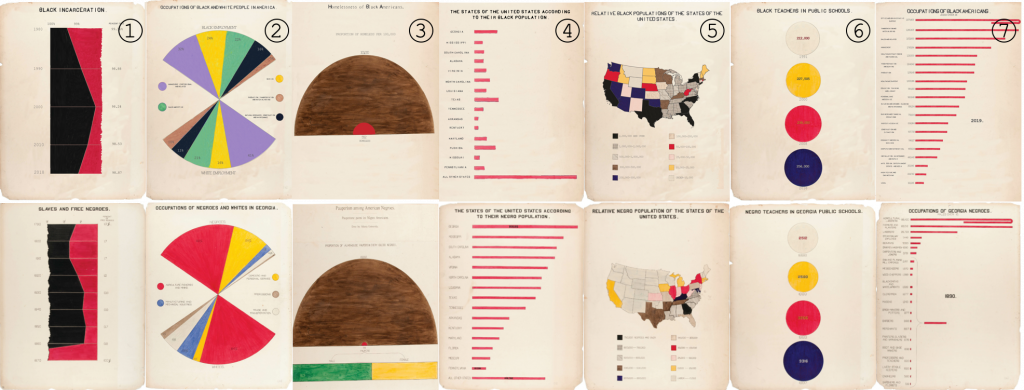
Led by: Andrew Cunningham, Alyx Burns, and Narges Mahyar Looking to the Past to Visualize the Present: Revisiting W.E.B. Du Bois’ Abolitionist Visualizations
Looking to the Past to Visualize the Present: Revisiting W.E.B. Du Bois’ Abolitionist Visualizations Talk
Talk
Amidst growing civil unrest in the United States, we are seeing a new wave of abolitionist thought, which challenges us to look at systems of historic oppression and imagine how we can fundamentally restructure them to bring about an equitable justice. In this poster, we revisit visualizations made in 1900 by sociologist and civil rights activist, W.E.B. Du Bois to help us view the modern state of race in America through a historical abolitionist lens. The juxtaposition of stylistically similar charts made over 100 years apart reveals that while America has made progress toward racial justice in some areas, there is still work to be done. We call upon the visualization community to highlight the experiences of marginalized people and to take part in visualizing data related to the pervasiveness of racism.
If you are interested in working on or learning more about this project, please contact Alyx Burns at alyxanderbur at umass dot edu.
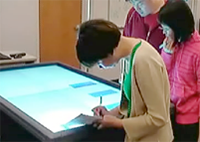
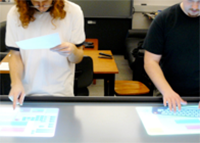
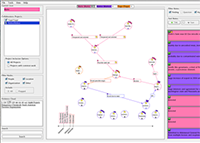

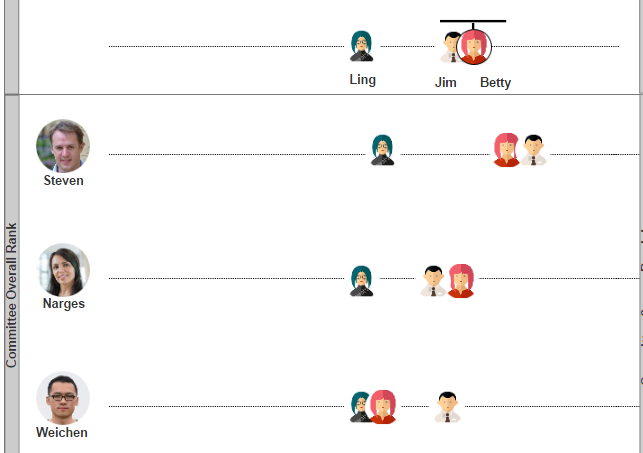
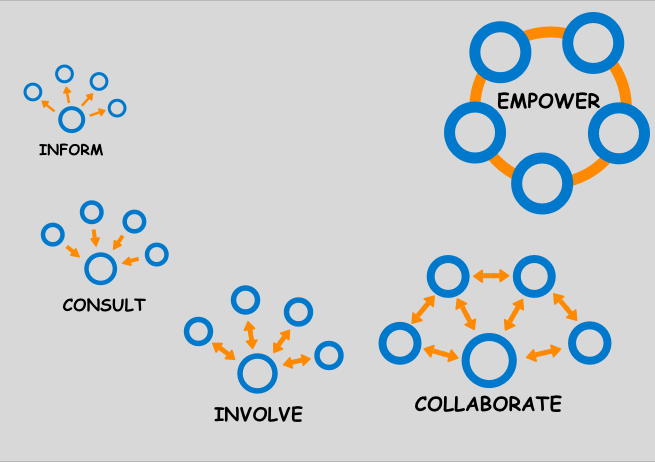
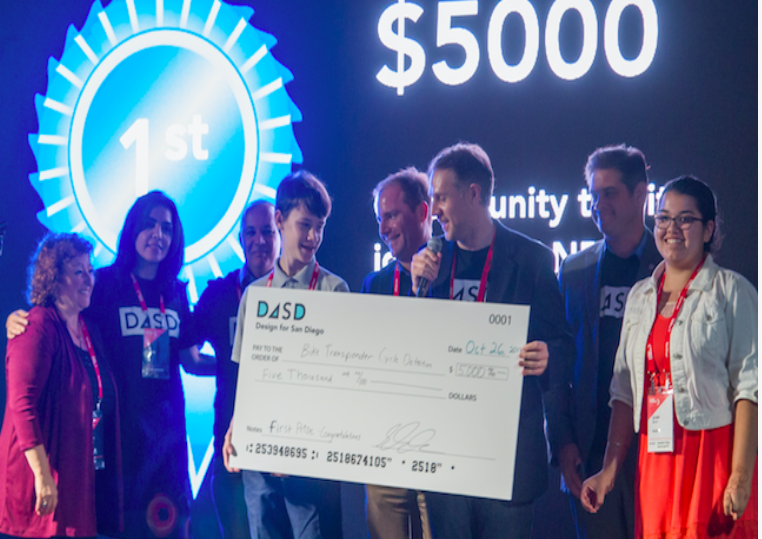
 Website
Website